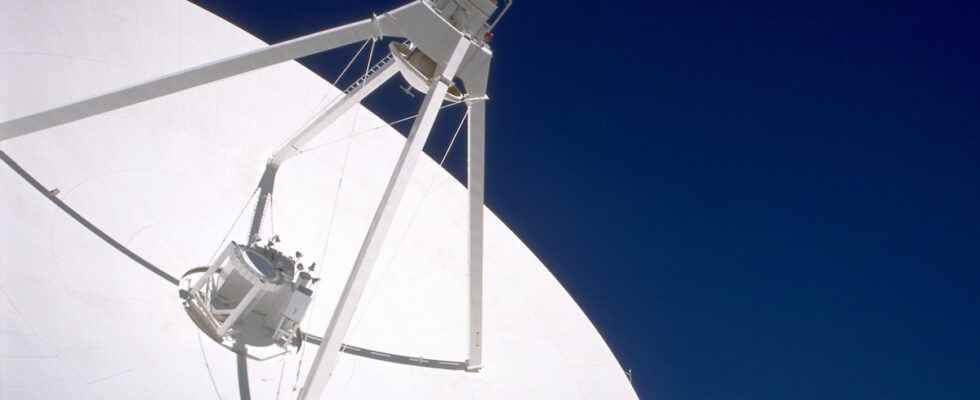Like a bit of a disaster movie. NASA will launch a spacecraft on September 26 as part of the DART (Double Asteroid Redirection Test) mission. The objective of this ship will be simple: it is no more, no less than to crash into this asteroid to modify its trajectory. The DART mission aims to test technology that could defend Earth against the risk of collisions with asteroids or comets in the future – essentially to prevent the dinosaur situation from repeating itself.
The NASA spacecraft takes aim at Dimorphos, a moon orbiting the near-Earth asteroid Didymos. If this asteroid which does not pose a threat to the Earth, it is a life-size test for the American space agency. Once the spacecraft hits its 160-meter-diameter target, the goal will be to alter the asteroid’s speed and trajectory.
The spacecraft will be equipped with a sophisticated guidance, navigation and control system, called SMART Nav (Small-body Maneuvering Autonomous Real Time Navigation), that will allow it to identify and tell the two asteroids apart, according to NASA. The DART mission is part of NASA’s Planetary Defense Strategy, managed by the Johns Hopkins Applied Physics Laboratory (APL) in Laurel, Maryland.
An experimental mission
Although Dimorphos poses no threat to Earth, the change in its trajectory will help the DART investigation team determine the reliability of the approach, assess how best to apply it to future planetary defense scenarios and to determine the accuracy of computer simulations and their ability to reflect the behavior of a real asteroid, says NASA.
“DART turns science fiction into reality and demonstrates NASA’s proactivity and innovation for the benefit of all,” NASA Administrator Bill Nelson said in a blog post. “In addition to all the ways NASA studies our universe and our planet, we’re also working to protect our planet, and this test will help prove there is a viable way to protect our planet from a dangerous asteroid, if we ever find one heading for Earth.”
To see how far the asteroid is actually moving, the team will use telescopes from Earth, including the James Webb Space Telescope (JWST), the Hubble Space Telescope and the Lucy space probe to perform this monitoring. The European Space Agency (ESA) Hera mission will also collect even more data on the kinetic impact. Hera is scheduled to launch on October 24, two years after the collision. Once launched, Hera will perform a detailed post-impact survey of the target asteroid, Dimorphos, according to ESA.
During the DART mission, NASA will broadcast live footage on NASA TV. Images from the Asteroid Didymos Optical Reconnaissance and Navigation Camera (DRACO) will reach Earth at the rate of one per second. The launch date for the DART is September 26, and the collision is expected to take place at 7:44 p.m. ET. However, the live stream will begin at 6 p.m. EST. In a press briefing held on Monday, NASA reassured its public that the images will be “something spectacular”.
Source: ZDNet.com
